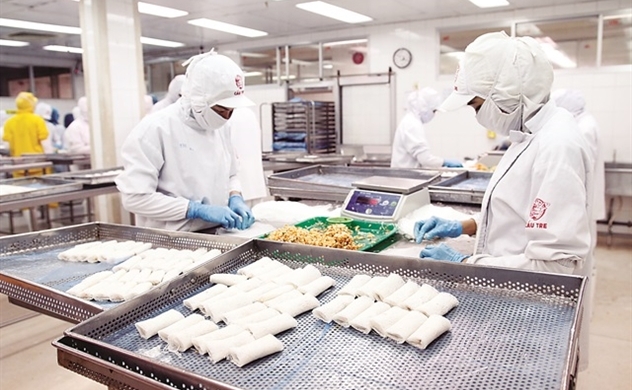New regional trade pact to put Asia back on its pre-Covid growth trajectory
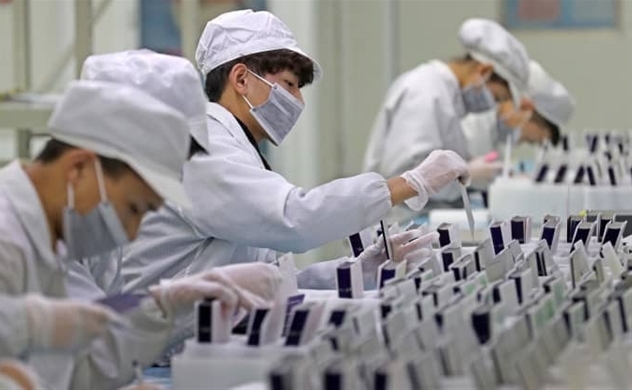
Workers are seen at a production line manufacturing solar photovoltaic components at a factory in Huzhou, Zhejiang province, China February 12, 2019. Photo: Reuters
The partnership is expected to accelerate regional integration. Asia is emerging from the Covid pandemic faster and less damaged than Europe and North America, the traditional markets for much of its trade output.
Asian manufacturers are already looking to develop new markets within the region, and consumers seem to be responding. The new standardisation of rules of origin will make intra-regional trade easier and strengthen Asia’s position in global supply chains.
Although RCEP has limitations, it is an important step in the right direction, said Stuart Tait, Regional Head of Commercial Banking, Asia Pacific, HSBC.
A research by HSBC and Boston Consulting Group indicates that if the world were to embrace the principles of open and free trade, it could boost global GDP by $10 trillion by 2025. Even if RCEP generates only a few percentage points of that, it will help put Asia back on its pre-Covid growth trajectory, according to the HSBC leader.
It took nine years and 31 rounds of negotiation before the 15 nations could reach agreement on RCEP.
Undoubtedly, some of the measures have been softened to accommodate the concerns of such a diverse group, but that should not detract from what is by any standards a remarkable achievement in aligning a diverse group of countries which together represent 30 percent of global GDP.
The fact that the agreement managed to bring fierce competitors including China, Japan and South Korea to the same virtual table confirms that when it comes to free trade, the issues that divide Asia are less important than those that unite the region.
When implemented, RCEP would remove potential restrictions on sourcing products from China by putting the country in the same category as other members of the trade agreement. Such streamlining helps anchor China in regional supply chains, serving as a potential counterweight to disruptions from trade tensions and the pandemic.
India dropped out of the negotiations, but it is encouraging that the new partners have left the door open for New Delhi to join at a later date.
ASEAN and other regional groups have made great progress in cutting import duties, but in many cases they have been replaced by non-tariff barriers such as import quotas, onerous customs inspections, or arbitrary quality controls.
The EU-ASEAN Business Council estimates that there are now some 6,000 separate non-tariff barriers to trade with the 10 ASEAN members alone, according to the HSBC report
Like non-tariff barriers, the different digital regulatory regimes across Asia limit the ability of both local firms and multinationals to reap the full benefits of economies of scale, weakening its attraction as an investment destination.
Beside bringing Asia back on its pre-Covid growth trajectory, the free trade agreement also pushes back against a protectionist trend that set up barriers against trade using measures such as tariffs.
Same category news
-
Huyen Hoang
-
Arthur Do và Nick Wood
Latest news
-
Huyen Hoang

 TIẾNG VIỆT
TIẾNG VIỆT 
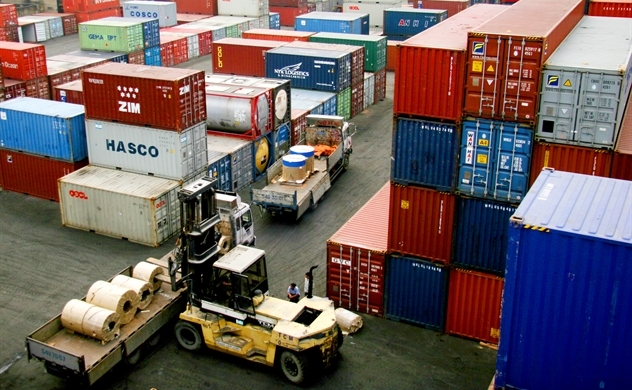
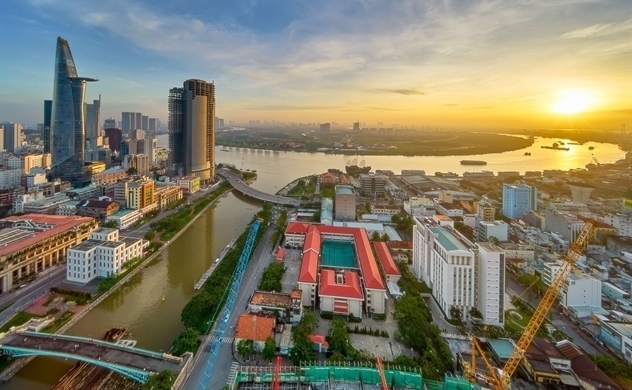
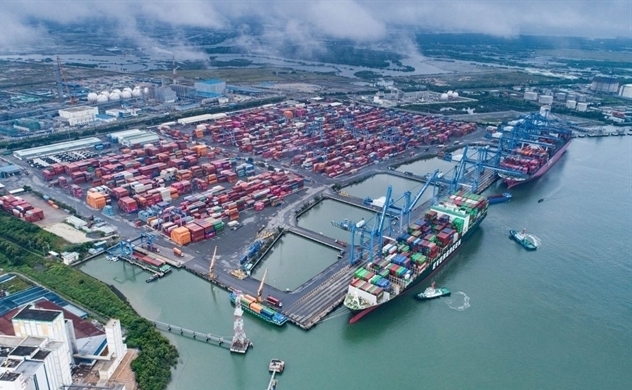
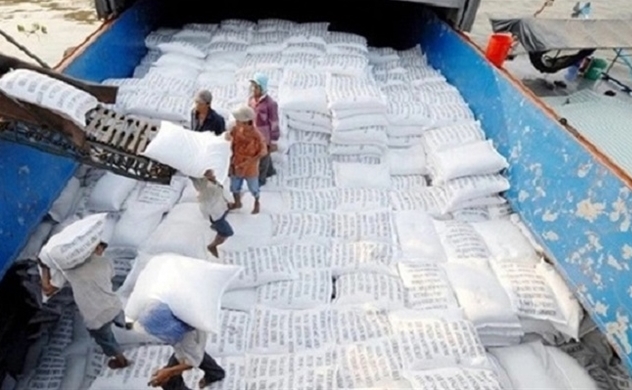
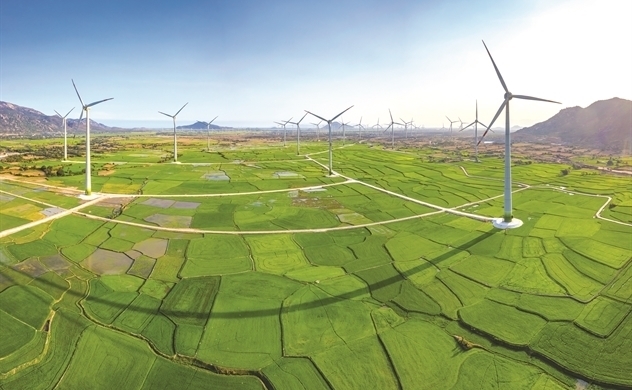

_291615658.jpg)

